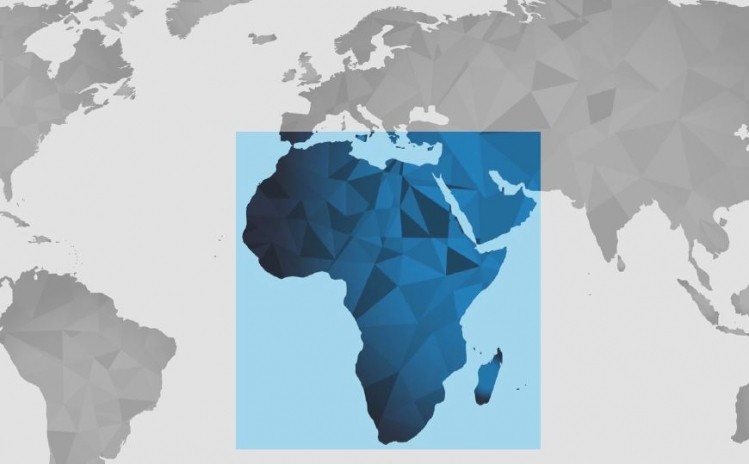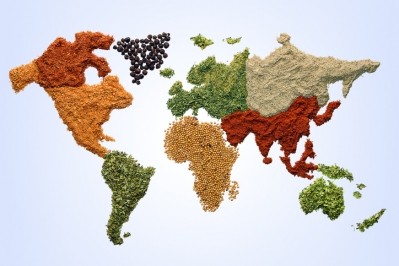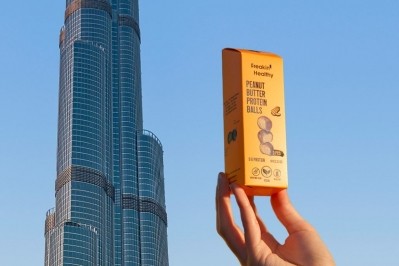Middle East food security focus: Qatar loses top spot to Israel in 2020 global index

GFSI is developed by The Economist Intelligence Unit (EIU), together with Corteva Agriscience, and covers 113 countries globally.
This year’s edition saw Kuwait (33rd globally) take second place in the MENA region, a jump from fourth place last year.
Third place in MENA went to Oman (34th), who was in seventh last year.
Qatar (37th) took the fourth place in MENA and Saudi Arabia (38th) maintained its fifth position.
This year’s most food secured country in MENA, Israel, is ranked 8th globally.
The five least food secured MENA countries were Tunisia (59th), Egypt (60th), Jordan (62th), Syria (101th) and Yemen (113th).
The GFSI report analyses four metrics, food affordability, availability, quality and safety, and natural resources and resilience.
The MENA region generally performed well in food quality, safety and affordability, but not so well on natural resources and resilience.
Comparing between regions, North America scored the highest, followed by Europe, MENA, Asia-Pacific, Latin America and lastly Sub-Saharan Africa.
Affordability, availability, quality and safety
Food affordability assesses factors including the ability of consumers to purchase food, their vulnerability to price shocks, and the presence of programmes and policies to support the population when shocks occur such as the COVID-19 emergency.
One factor is the poverty rate, which has significantly improved in the MENA region. Now 7.5% of the population live under the poverty line.
However, the report pointed out that this figure masked huge contrasts within the region. Poverty rates are extremely low in wealthy GCC countries, but half of the population in Yemen lives under the poverty line, while Syria and Egypt also have high poverty rates.
In 2020, food prices also increased across MENA compared to 2019, with strong inflation seen in Qatar, UAE and Egypt.
Food availability assesses factors such as the sufficiency of the national food supply, the risk of supply disruption, the capacity to disseminate food, and research efforts to expand agricultural output.
In MENA, food aid dependency is low, except in unstable Syria and Yemen, as well as Jordan, which hosts a large number of refugees.
Armed conflict and political instability adversely affect food availability through disruptions to supply chains, and threatens its own food security.
The risk is also spreading in other countries in MENA, posing threats to the region’s food security.
The region should prioritise investments in agriculture infrastructure to achieve a higher degree of autonomy in its food supply, the report said.
Only about a third of countries in MENA have a food security strategy or a food security agency.
For the quality and safety metric, nation’s are measured on the variety and nutritional quality of the average diet, as well as food safety mechanisms.
The MENA diet was found to be particularly rich in iron.
Most MENA countries conduct nutritional monitoring of their populations except Algeria, Bahrain, Qatar and Syria.
Nine out of 15 countries including Israel, Oman, Saudi Arabia have a nutrition strategy, and only one-third have dietary guidelines.
The report suggest that other countries can emulate their best practices, such as dietary guidelines, national planning, food labelling, and population monitoring and surveillance.
New metric: Natural resources and resilience
This year’s edition of GFSI incorporates natural resources and resilience for the first time.
This category assesses a country’s exposure to the impacts of a changing climate, its susceptibility to natural resource risks and how the country is adapting to these risks, all of which affect food security.
Some of the wealthier MENA countries such Saudi Arabia, Bahrain, Kuwait and Qatar scored poorly in this metric.
This is because the MENA region typically have arid landscapes that pose natural challenges, water shortage risk, and high exposure to storms and droughts.
Because of this, MENA countries are some of the most heavily dependent on food imports, with about 75% of cereal consumption relying on imports on average.
However, despite facing climatic risks and environmental degradation, political commitment to climate change adaptation is low in MENA countries.
In MENA, more than half of the countries do not have any kind of climate adaptation plan in place. Only four countries have shown limited commitment to developing early warning measures or climate-smart agriculture practices, and commitment to managing exposure is below the global average.
The report suggest that MENA is the weakest region globally in terms of policy commitments to climate change adaptation, and called for countries to seek help from global leaders.












